Optimal Timing for Storm Restorations
Storm restorations are most effective when performed promptly after severe weather events. The optimal time varies based on regional climate patterns, storm frequency, and weather conditions. Typically, the late summer and early fall months see increased storm activity, making this period ideal for assessments and repairs. However, waiting until after a storm can reduce further damage and help ensure the integrity of structures and properties.
Storm restorations are best scheduled during seasons with predictable weather patterns to avoid delays caused by adverse conditions.
Immediate evaluation after a storm helps identify damage early, preventing further deterioration and reducing repair costs.
Clear, dry weather allows for safer and more efficient restoration work, ensuring quality results.
In Washington, storm activity peaks during fall and winter, making these seasons prime for restoration efforts.
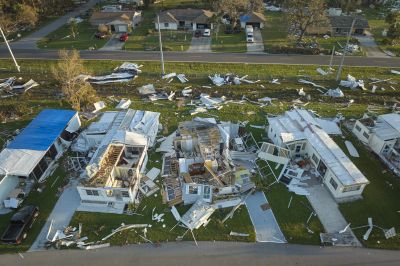
Evaluating roof and structural damage promptly after storms is crucial.
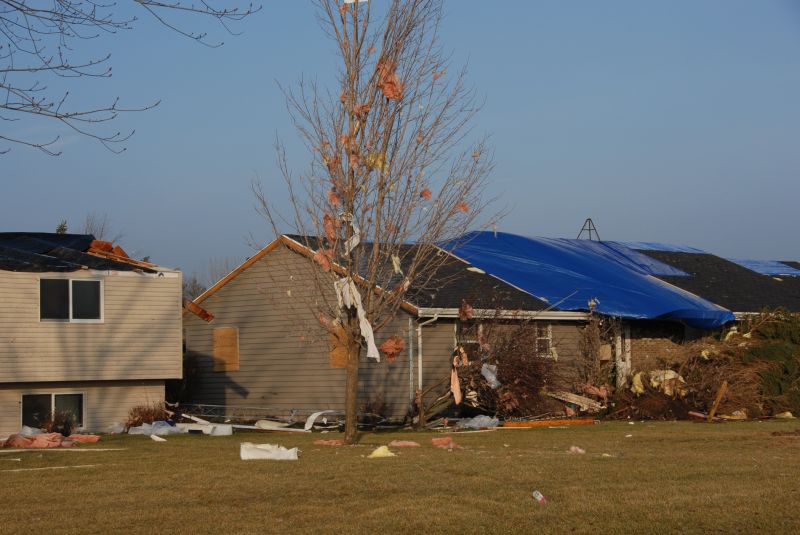
Temporary fixes can prevent further damage until full restoration.

Specialized tools and machinery used during storm repairs.
Storm restorations encompass a range of services aimed at repairing damage caused by severe weather. These include roof repairs, siding replacements, window reinforcements, and structural assessments. Timely intervention can significantly reduce the risk of secondary issues such as water intrusion, mold growth, and structural instability. Proper planning and execution ensure that properties are restored to their original condition or better, providing safety and peace of mind for property owners.
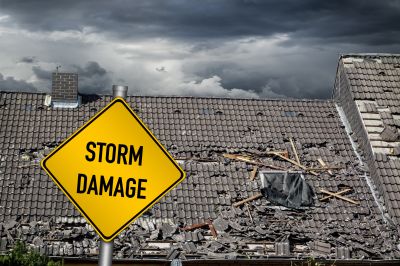
Roof damage from recent storm event.
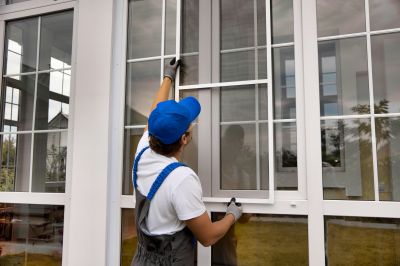
Restoration team working on roof repairs.
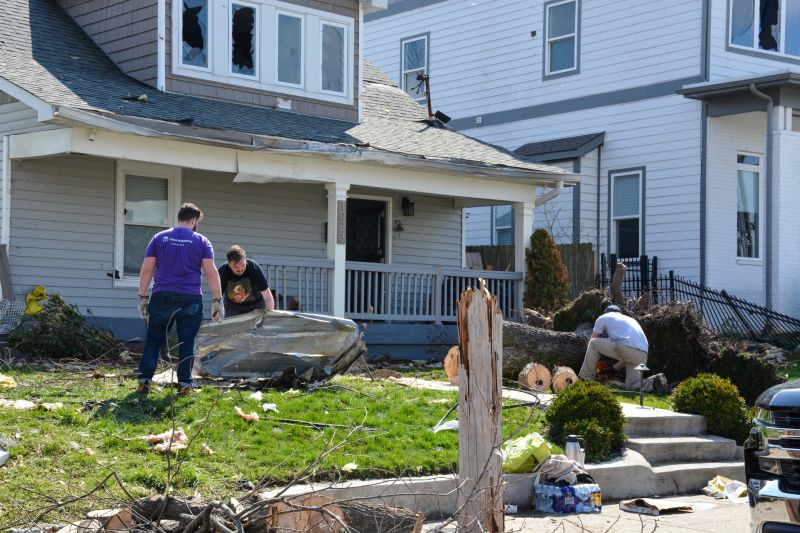
Finished repairs restoring property integrity.

Siding damage caused by high winds and debris.
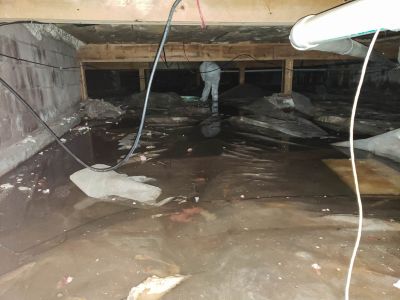
Ways to make Storm Restorations work in tight or awkward layouts.

Popular materials for Storm Restorations and why they hold up over time.

Simple add-ons that improve Storm Restorations without blowing the budget.

High-end options that actually feel worth it for Storm Restorations.

Finishes and colors that play nicely with Storm Restorations.

Little measurements that prevent headaches on Storm Restorations day.

A 60-second routine that keeps Storm Restorations looking new.
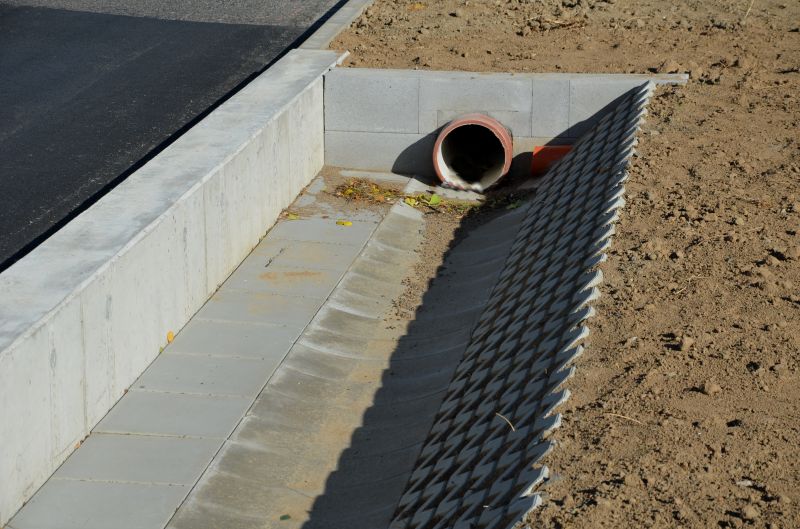
A frequent mistake in Storm Restorations and how to dodge it.
| Season | Advantages |
|---|---|
| Late Summer | Prepares properties before peak storm season. |
| Fall | High storm activity, ideal for assessments. |
| Winter | Addresses damage from winter storms. |
| Spring | Prepares for upcoming storm season. |
| Early Summer | Allows timely repairs before storms increase. |
Understanding the optimal timing for storm restorations can help property owners and managers plan effectively. Conducting repairs during favorable weather conditions ensures safety, reduces delays, and enhances the quality of work. Regular inspections and proactive maintenance before storm seasons can also minimize damage and streamline restoration efforts when needed.
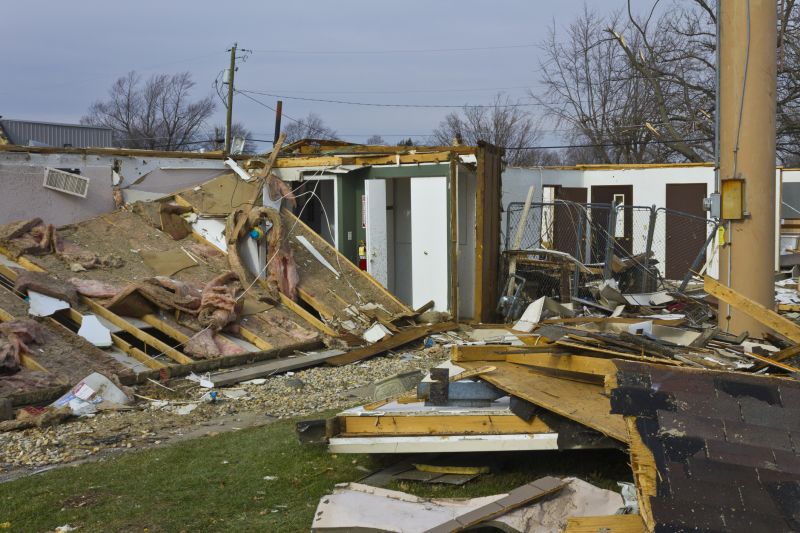
Thorough assessment of storm-affected structures.

Professionals performing repairs in optimal conditions.
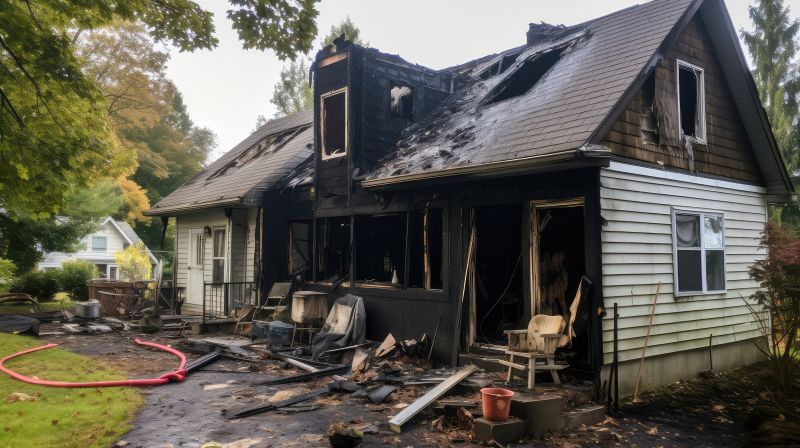
Property restored after storm damage.

Small tweaks to make Storm Restorations safer and easier to use.

Lower-waste or water-saving choices for Storm Restorations.

The short, realistic tool list for quality Storm Restorations.
If interested in storm restorations, filling out the contact form can provide more information and schedule assessments. Prompt action can help mitigate damage and restore property safety and stability efficiently.



